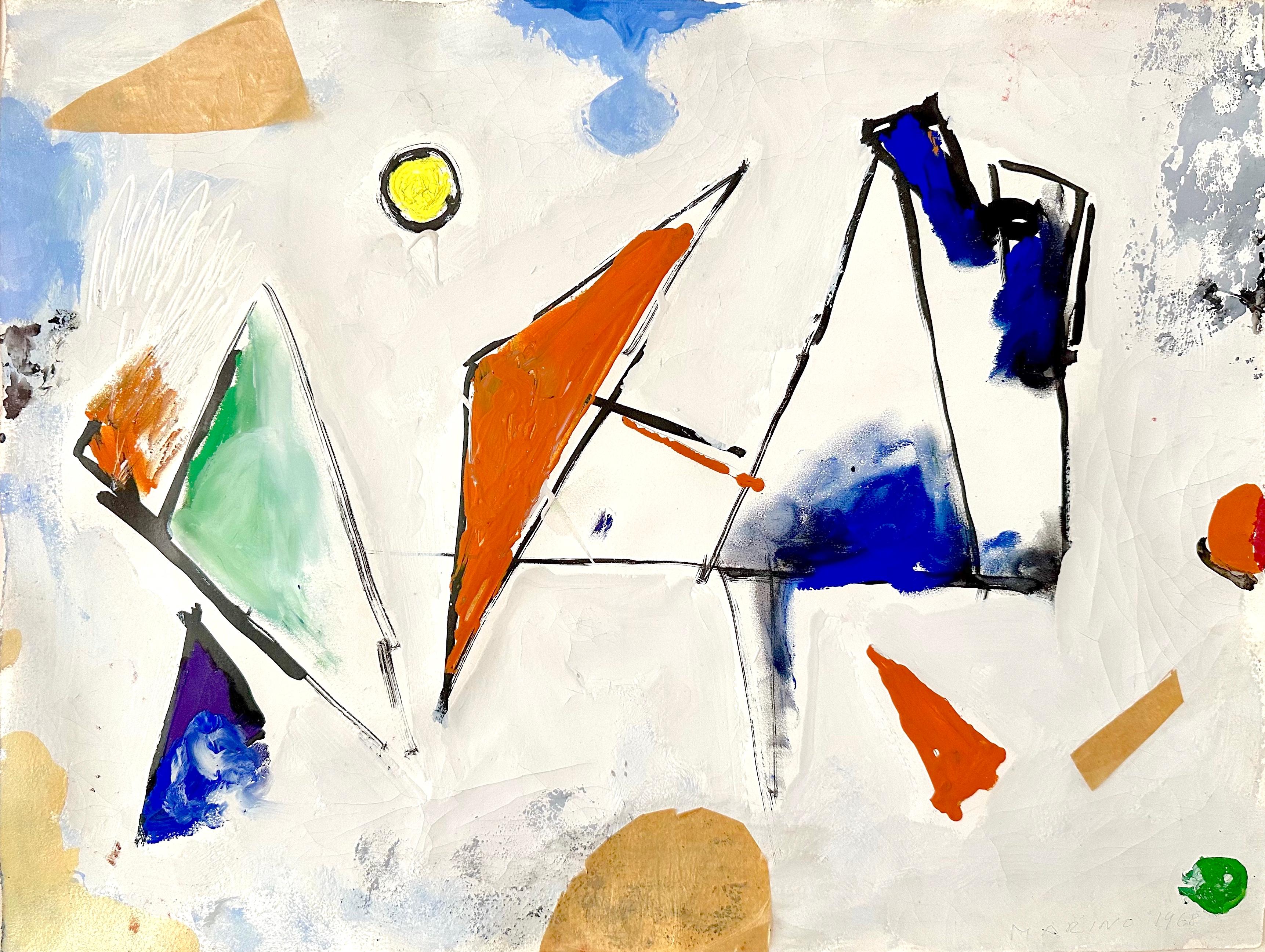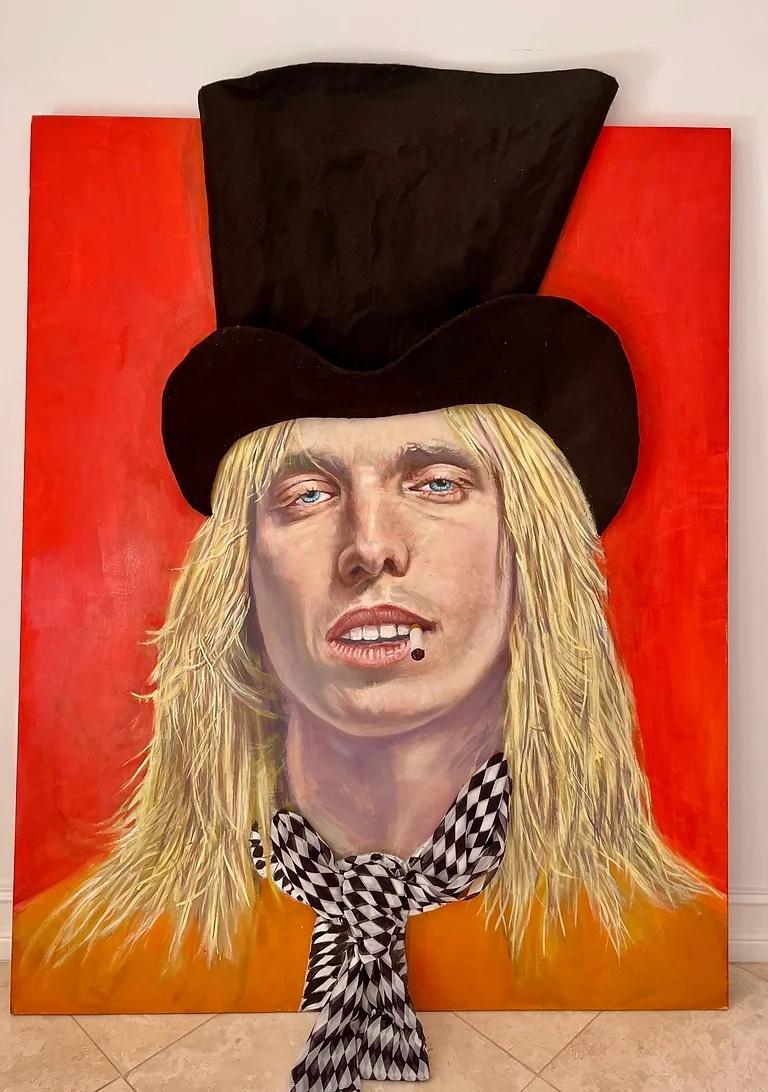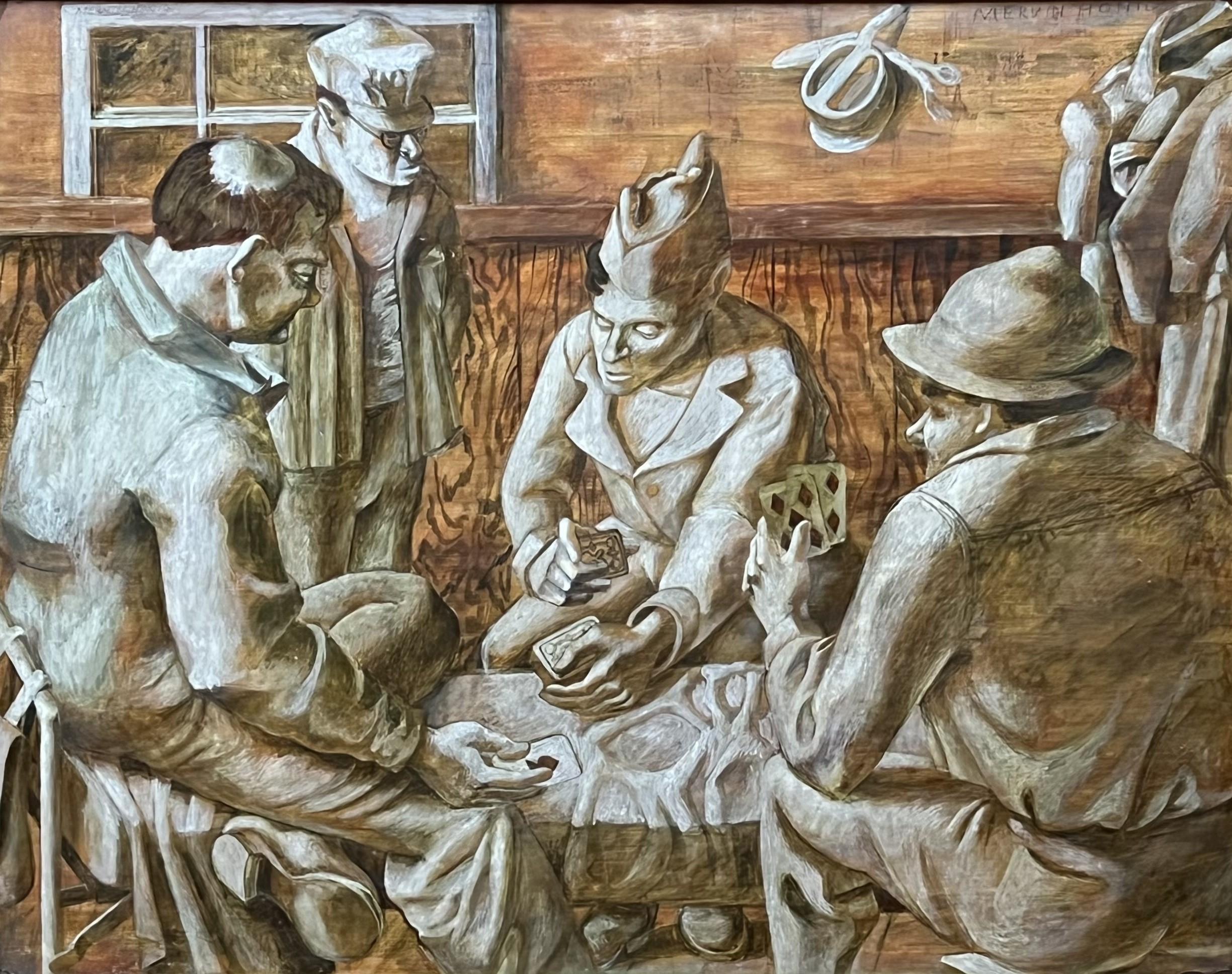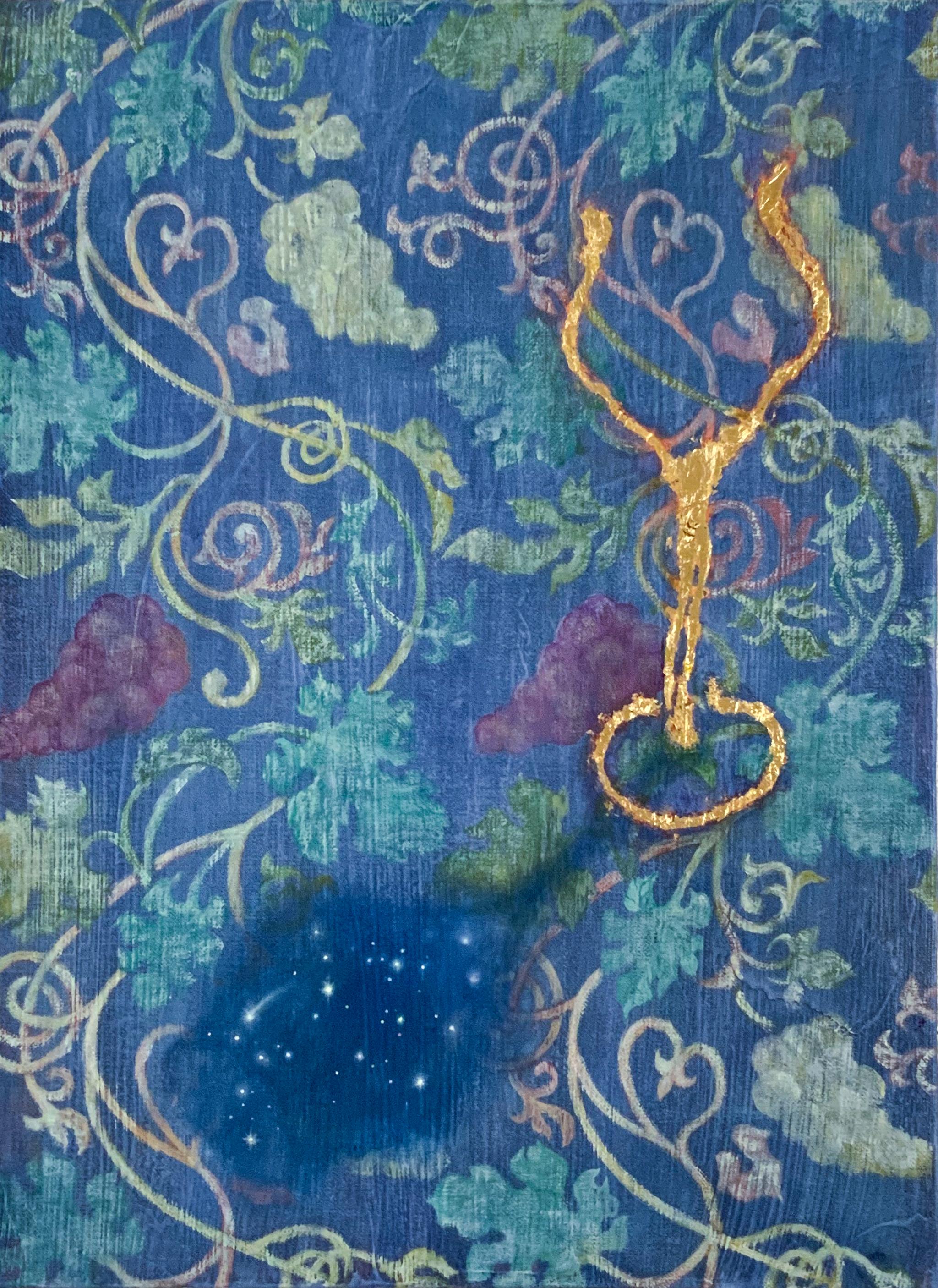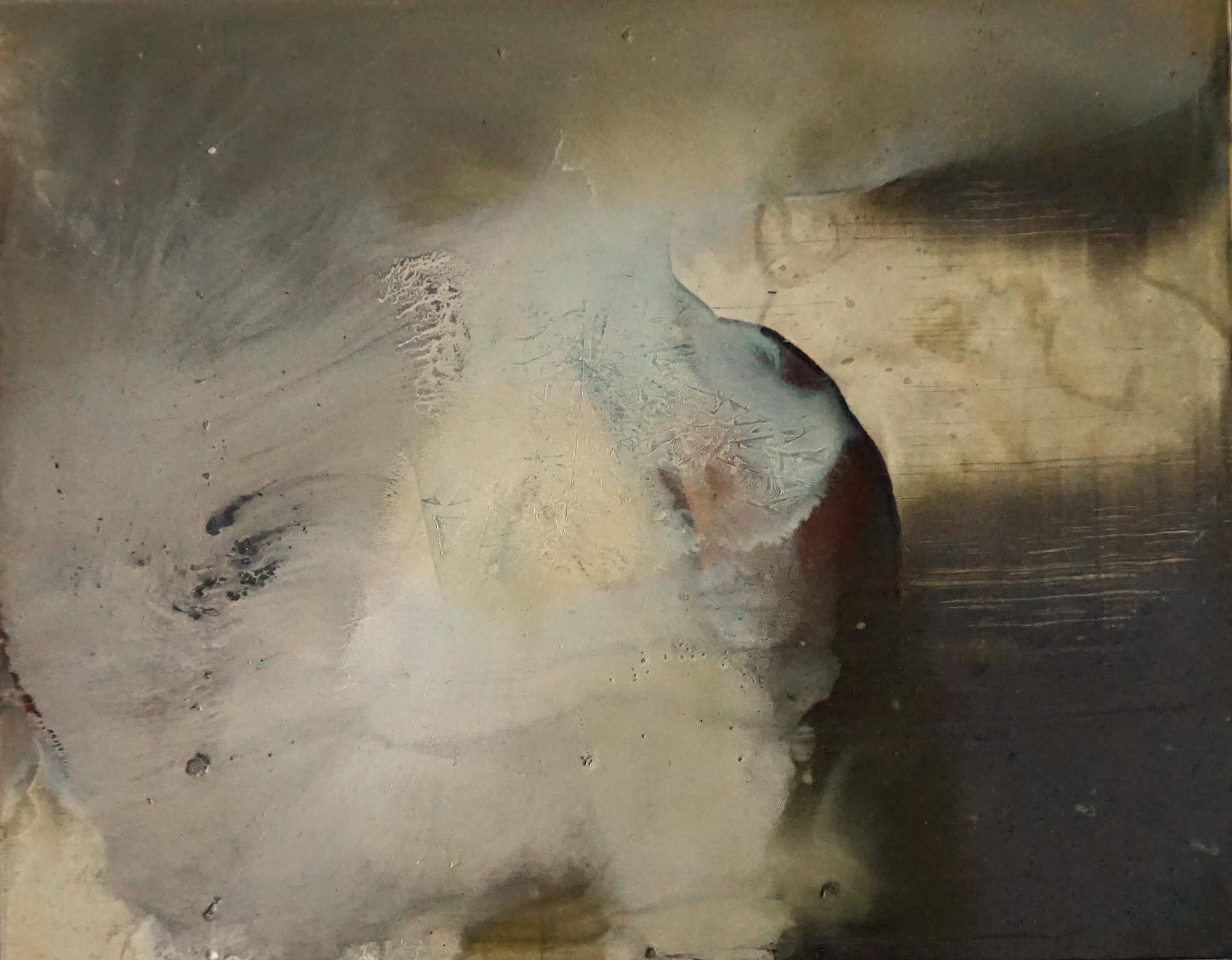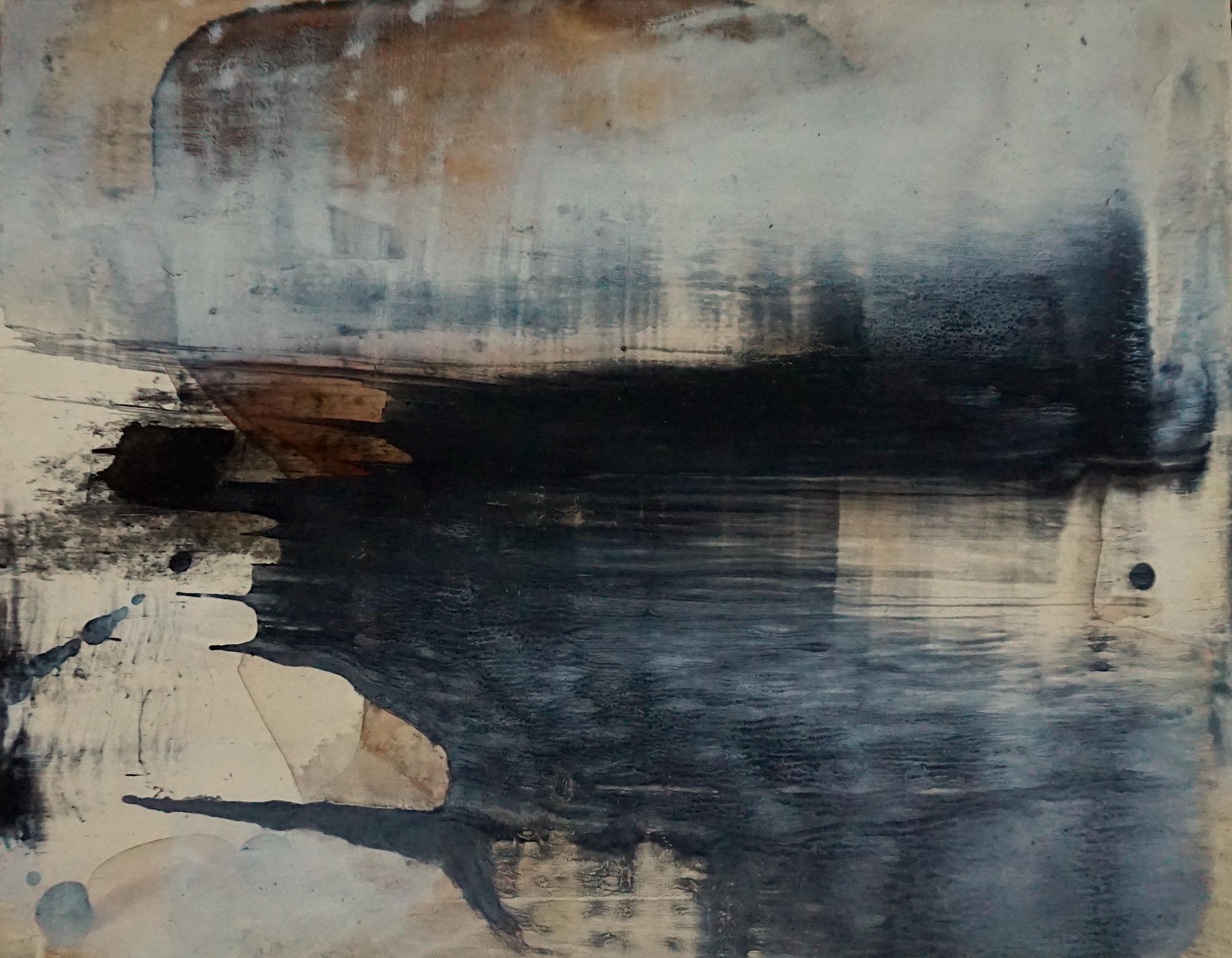Stevan DohanosPenny Candy, The Saturday Evening Post Cover1944
1944
About the Item
- Creator:Stevan Dohanos (1907-1995, American)
- Creation Year:1944
- Dimensions:Height: 27.25 in (69.22 cm)Width: 21.75 in (55.25 cm)
- Medium:
- Period:
- Condition:
- Gallery Location:Fort Washington, PA
- Reference Number:
Stevan Dohanos
Stevan Dohanos was born in the steel mill town of Lorain, Ohio, on May 18, 1907. Dohanos studied at the Cleveland School of the Arts. He is best known for the covers, more than 100, he painted for The Saturday Evening Post magazine during the 1940s and 1950s. His work appeared frequently on its covers. Most of his illustrations depicted common scenes of everyday post-war American life, such as a mobile home complete with pink flamingo, a gas station attendant inflating a child's toy or a souped-up motorcycle in the owner's driveway. His works are often compared to those of Norman Rockwell. Dohanos was influenced by The Eight namely Henri, Sloan, Glackens, Shinn, Prendergast, Davies, Lawson and Luks. During the 1960s, his designs were used on 25 postage stamps. From 1961–63, he served as a President of the Society of Illustrators and in 1971 was elected to the Society's Hall of Fame. He was a founder of the Famous Artists School in Westport. Dohanos died on July 2, 1994, in Westport, Connecticut.
- ShippingRetrieving quote...Ships From: Fort Washington, PA
- Return PolicyA return for this item may be initiated within 14 days of delivery.
- Shade TreeBy Richard SargentLocated in Fort Washington, PAMedium: Gouache, Tempera and Pencil on Paperboard Signature: Signed 'Dick Sargent' (Lower Left) Sight Size 23.00" x 21.88", Framed 29.00" x 28.00" Cover of the April 12th, 1958 issu...Category
1950s Paintings
MaterialsPencil, Tempera, Gouache, Board
- Grandma Catches Fly-ball, Saturday Evening Post CoverBy Richard Dick SargentLocated in Fort Washington, PASigned Lower Left by Artist Cover of The Saturday Evening Post, April 23, 1960Category
1960s Paintings
MaterialsCasein
- Icing the Cake, Cover of The Saturday Evening PostBy Stevan DohanosLocated in Fort Washington, PAMedium: Gouache and Tempera on Masonite Sight Size 14.50" x 11.25", Framed 20.50" x 17.25" Signature: Signed Lower Right Cover of The Saturday Evening Post, June 16, 1945Category
1940s Figurative Paintings
MaterialsMasonite, Tempera, Gouache
- The No-CalBy Stevan DohanosLocated in Fort Washington, PASignature: Signed Lower Left Medical Times, vol. 89, no. 5, May 1961, pp. 7a, 192a, cover illustration. According to the Medical Times, where the present work was featured on the c...Category
1960s Figurative Paintings
MaterialsCasein, Canvas
- Home Improvement, Saturday Evening Post CoverBy Stevan DohanosLocated in Fort Washington, PAMedium: Tempera Painting Signature: Signed Lower Left Cover of The Saturday Evening Post Magazine, December 5, 1953Category
1950s Interior Paintings
MaterialsTempera
- "Is Geography Distracting You From the World Series?By Charles KerinsLocated in Fort Washington, PASignature: Signed Lower Left Original cover for The Catholic Boy magazine, published September 1952. Captioned on the first page of the magazine: "Is geography distracting you from ...Category
1950s Figurative Paintings
MaterialsTempera, Board
- El Greco AbstractBy Marino MariniLocated in ZEIST, UTMarino Marini - El Greco Abstract Gouache, oil & collage on paper, 1968 Signed 'MARINO' and dated '1968' in ballpoint pen Verso; signed 'MARINO' in pencil, wi...Category
1960s Modern Animal Paintings
MaterialsOil, Tempera, Gouache
- Smoking Tom PettyBy Serge StrosbergLocated in West Palm Beach, FLTom Petty Fans! Welcome to Tom Petty Nation! This Original Oil, egg tempura, Enamel paint, glass, custom made felt hat, textile, metal mesh, on wood panel is a beautiful tribute to ...Category
21st Century and Contemporary Modern Portrait Paintings
MaterialsMetal, Enamel
- Army PokerLocated in Los Angeles, CAThis work is part of our exhibition - America Coast to Coast: Artists of the 1940s Army Poker, c. 1943, probably tempera on board, signed upper right, 16 x 20 inches, inscribed verso a) “Army Poker / Mervin Honig / 421 W 42 St. N.Y.C.,” b) “Mervin Honig / US Army Air Force – Seymour Johnson Field – Goldsboro, NC / Circa 1943,” and c) “(This painting was done before men was (sic) shipped off to the Mariana Islands (Saipan) The Second World War.” Note: four pencil sketches for this work included Mervin Honig was a New York-based painter and illustrator who is best known for his realistic depictions of everyday life and sports themes. Honig was raised in Brooklyn and recalled almost never being without a paintbox in hand from the time he started elementary school. Honig had a deep reverence for the Old Master painters, Vermeer and Bellini, as well as the Americans Winslow Homer and Thomas Eakins. He initially studied art from 1939 through 1941 with Francis Criss. At the outbreak of World War II, Honig worked as a mechanic for Republic Aviation, but in August 1942, he enlisted in the US Army Air Corps and was stationed at Seymour Johnson Field in Goldsboro, North Carolina. During the war, Honig began to exhibit nationally, including as part of the Portrait of America exhibitions which originated at the Metropolitan Museum of Art and traveled around the country, as well as at the Carnegie Institute in Pittsburgh. He painted Army Poker in 1943 while stationed at Johnson Field. In this work, Honig draws inspiration from Paul Cezanne's The Card Players (Metropolitan Museum of Art), with a similar placement of the four figures, but Cezanne's table is replaced with an Army cot, the pipe rack with a soldier's mess kit and the drapery in the right background with a heap of discarded uniforms. Unlike the vibrancy of Cezanne's composition, the limited palette of Honig's work suggests the drabness and monotony of stateside Army life. After being discharged from military service, Honig furthered his studies with Amadee Ozenfant in 1946 and Hans Hoffman from 1947 through 1950. Additional exhibitions included the Whitney Museum of American Art, the Brooklyn Museum, the Los Angeles County Museum of Art, the National Academy of Design, the Wadsworth Atheneum, the Provincetown Art Association, and the National Academies Galleries of the Allied Artists Association. He was represented by the venerable Frank Rehn...Category
1940s American Realist Paintings
MaterialsOil, Board, Tempera
- Japanese Contemporary Art by Hiromi Sengoku - Spending a Night Scooping UpBy Hiromi SengokuLocated in Paris, IDFOil, tempera, acrylic, Japanese mineral pigment, gold leaf on paneled linen Hiromi Sengoku is a Japanese artist born in 1982 who lives & works in Tokyo, Japan. She graduated from Mu...Category
2010s Contemporary Figurative Paintings
MaterialsGold Leaf
- American Abstract Contemporary Art by Paul Lorenz - January 02, No. 1By Paul LorenzLocated in Paris, IDFOil, casein & ink on panel Paul Lorenz is an American artist born in 1961 who lives & works in Buckeye, AZ, USA. With an education in Bauhaus architecture, fine art, and music compo...Category
2010s Abstract Abstract Paintings
MaterialsCasein, Panel, Ink, Oil
- American Abstract Contemporary Art by Paul Lorenz - January 02, No. 2By Paul LorenzLocated in Paris, IDFOil, casein & ink on panel Paul Lorenz is an American artist born in 1961 who lives & works in Buckeye, AZ, USA. With an education in Bauhaus architecture, fine art, and music compo...Category
2010s Abstract Abstract Paintings
MaterialsInk, Oil, Casein, Panel
